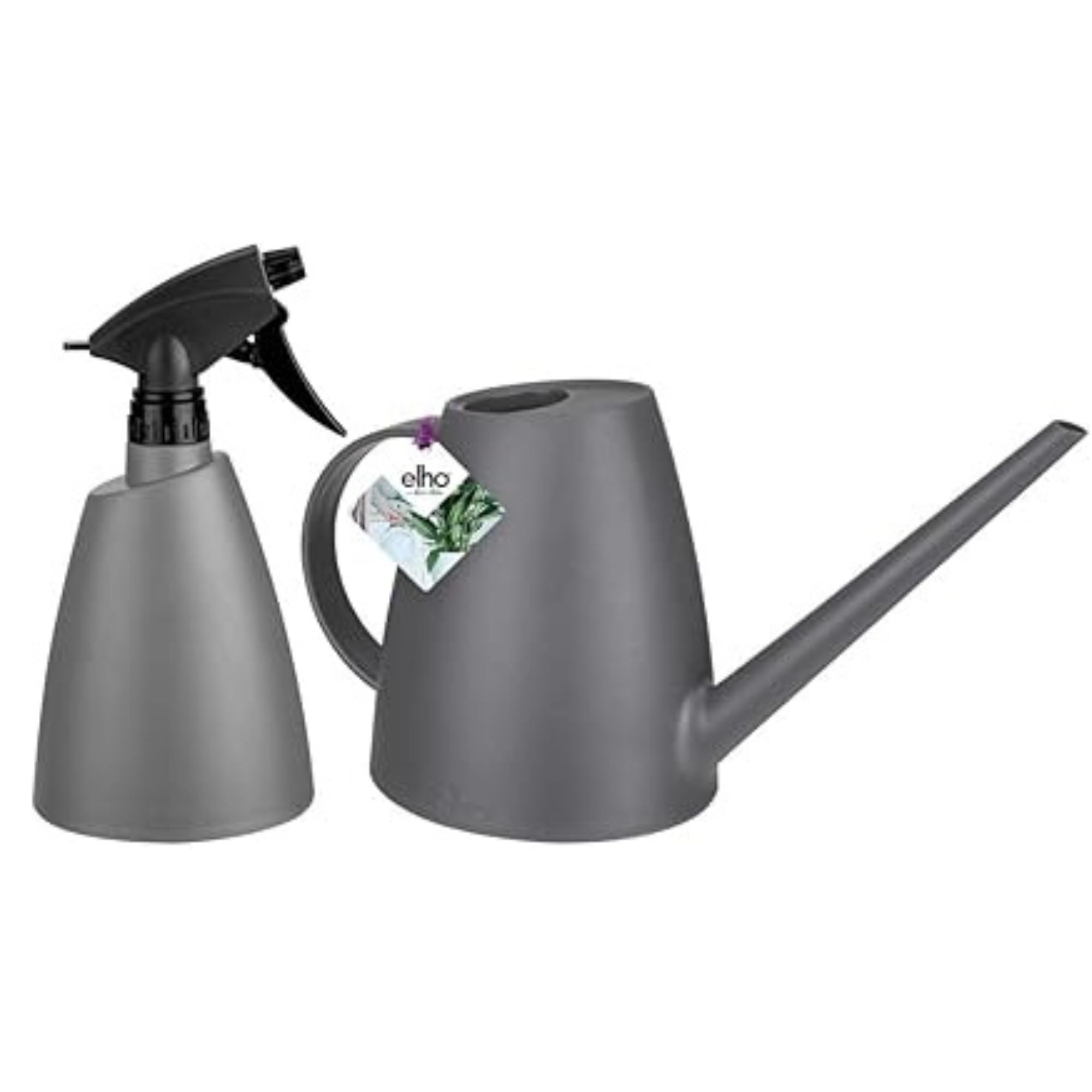How to care for houseplants in a heatwave: 5 ways to protect plants from extreme temperatures
When the heat arrives, it's important to give your indoor plants a little TLC so they can thrive and not wither in the sun
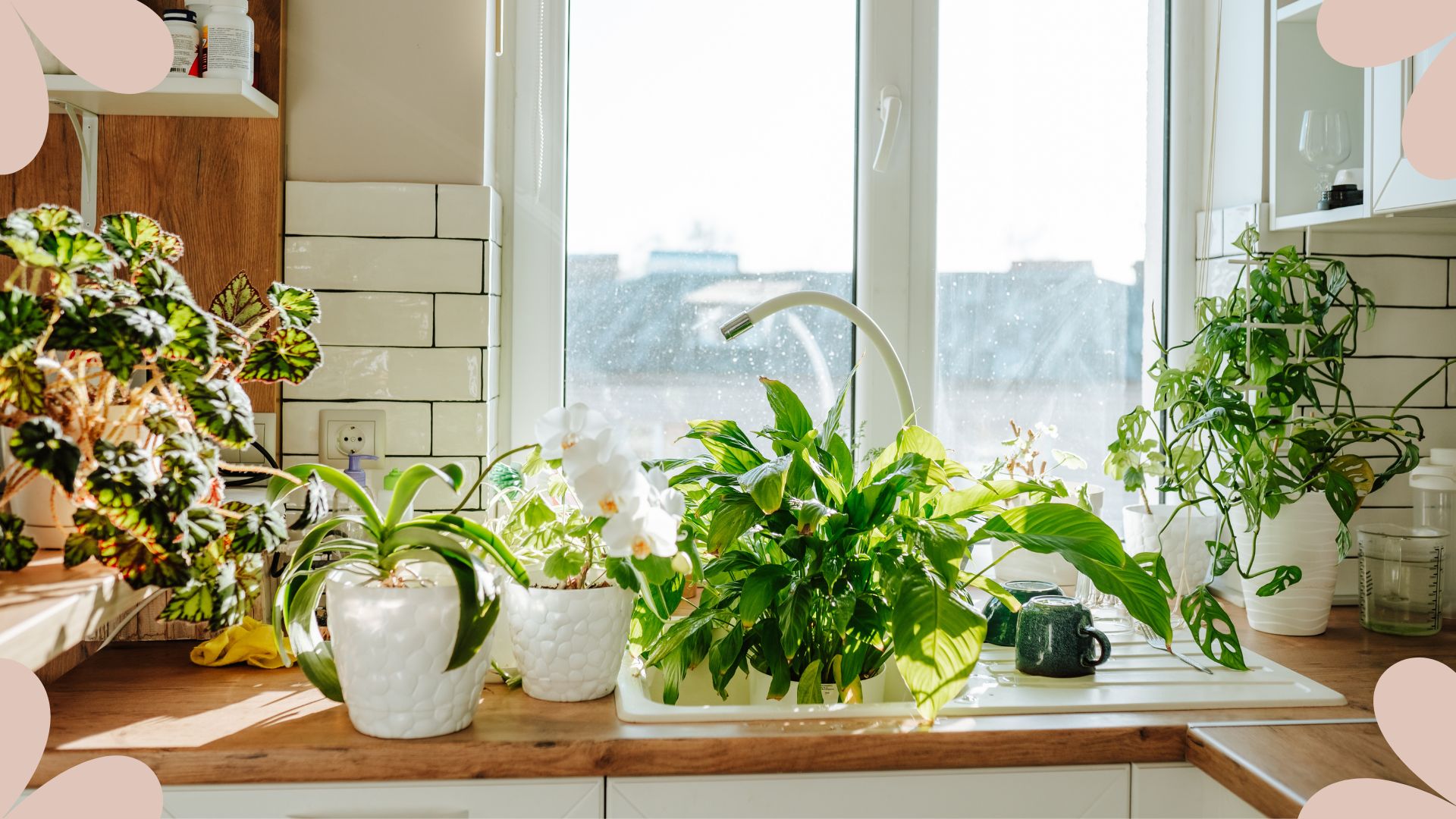

When the hot weather hits, it's all too easy to focus on your outdoor plants and forget that your houseplants need some more attention too.
Similar to how you'd keep your plants alive whilst you're on holiday, they need extra care when surprisingly high temperatures come to the UK. Dryer air and warmer homes lead to extra thirsty plants that can be susceptible to leaf scorching, among other things.
So, what can you do to ensure your houseplants thrive all summer long, no matter how many heat waves occur? We asked the horticulture experts for their guidance.
How to care for houseplants in a heatwave: expert advice
It's all well and good using houseplants to keep a room cool in summer, but if you don't provide them the added nutrients and care they need in the heat, they won't be much help.
So while you may have mastered how to care for your houseplants in winter, here's everything you'll need to know to help them survive the hot summer months.
1. Avoid sun scorching
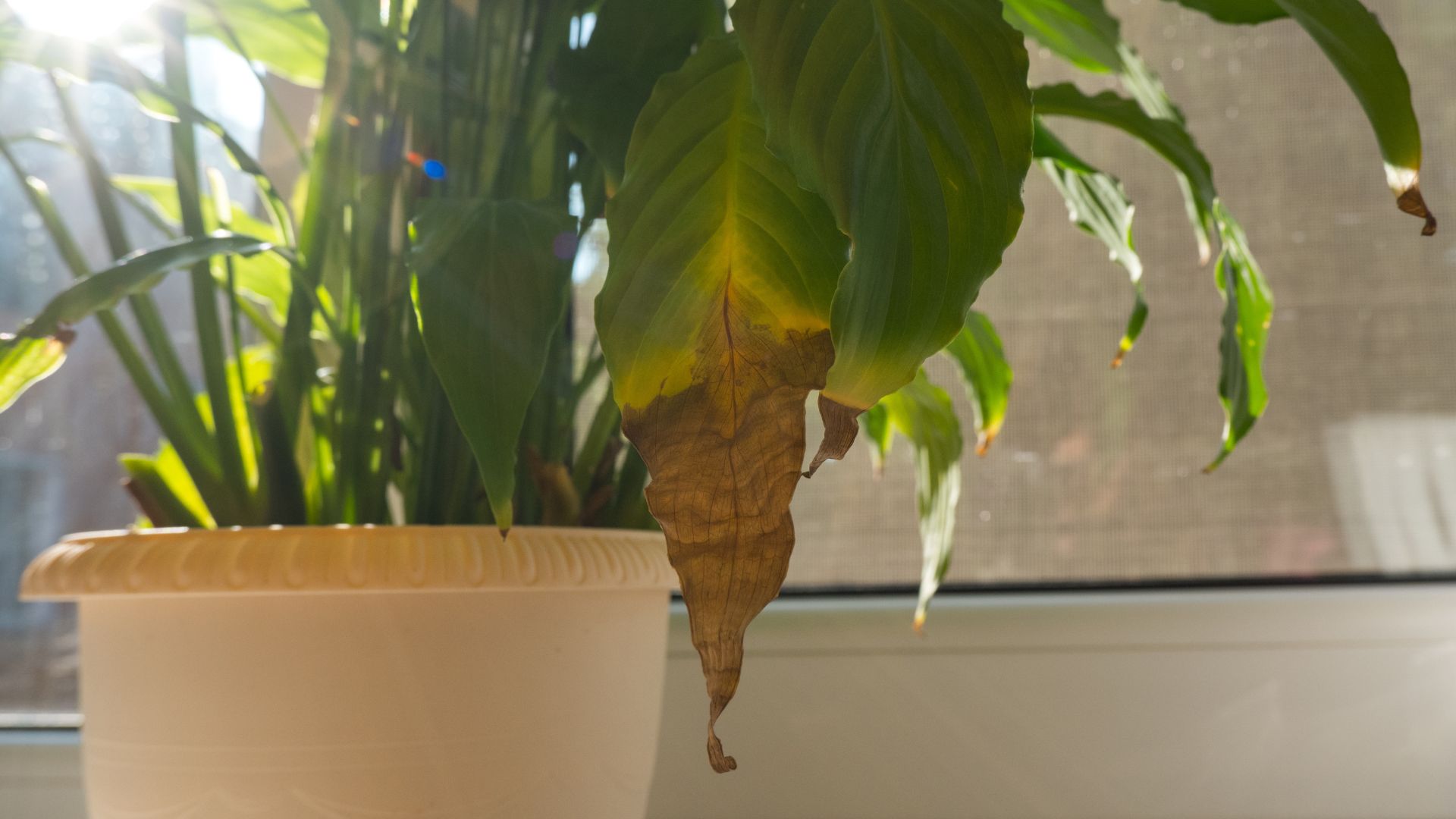
Giving your houseplants too much sun, even through winter, is a common houseplant mistake, but during summer, it can be particularly damaging for your plants.
"Treat plants like people - you wouldn’t sit in full sun midday, so shift them into indirect light or shade zones to prevent scorching," says Connor Towning, lead horticultural expert at Beards & Daisies.
Sign up to our free daily email for the latest royal and entertainment news, interesting opinion, expert advice on styling and beauty trends, and no-nonsense guides to the health and wellness questions you want answered.
He recommends moving plants away from direct afternoon sun, especially if they're near south- or west-facing windows. You can also use light blinds or sheer curtains to avoid sunburnt plants.

With five years of experience in the plant industry, Connor Towning plays an essential role as lead horticulturist at Beards & Daisies. His passion for plant science drives him to collaborate closely with growers, ensuring the best varieties and latest trending plants are selected. His hands-on approach guarantees that every plant meets the highest quality standards before reaching your home.
2. Regularly check soil moisture
If you struggle with mastering your houseplant watering routine, then making it a habit to check your plant's soil can be a huge help. Especially when you're experiencing high temperatures, as your plants are more likely to need watering much more often.
Luke Newnes, gardening specialist and member of the Interior Squad at Hillarys, echoes this: "Check soil moisture frequently, as houseplants may need more frequent watering during extreme heat."

Joining the Hillarys Interior Squad, Luke—also known as The Pink Gardener—is a new-build gardening specialist and content creator. With a talent for transforming outdoor spaces, he shares expert gardening tips and inspiration. When he’s not making digital content, Luke works at a garden centre, where he continues to share his knowledge and enthusiasm for gardening and the outdoors.
3. Increase humidity
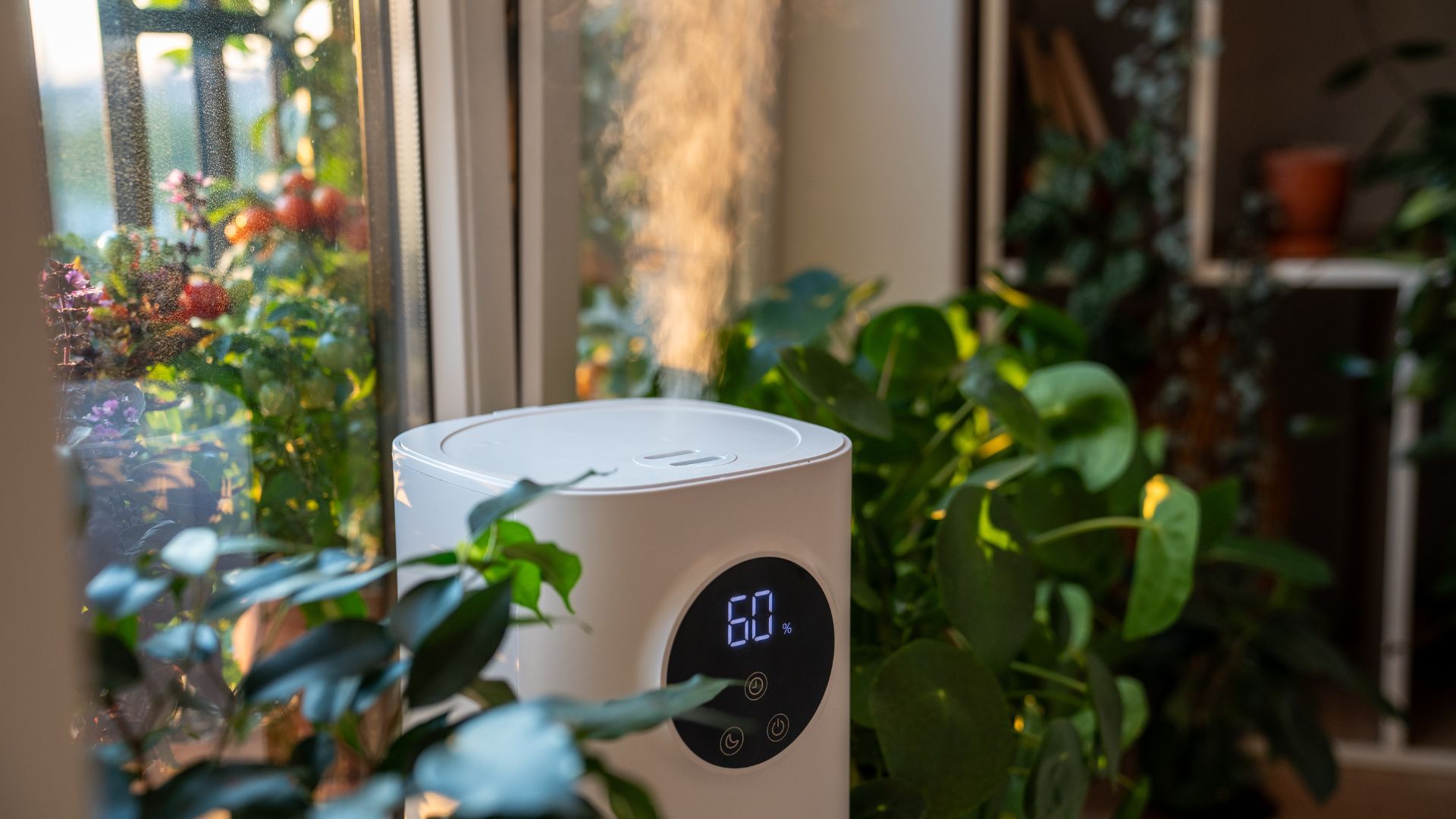
During winter, you might call on plants to help with condensation and humidity, but when the dry weather comes, you may have to help them out with a humidifier.
"Group humidity-loving plants together, use pebble trays, or lightly mist them in the morning. It protects against crisp leaf edges," recommends Connor.
The hot weather, along with fans and even AC, can stress your houseplants, causing them to wither or die prematurely.
4. Adjust feeding
Many forget how important feeding is when caring for their indoor plants. Not only do plants need some extra nutrients from time to time, but their need for them changes throughout the seasons.
"Feed in the early morning or evening with a diluted houseplant fertiliser to let plants absorb nutrients before heat kicks in," says Connor.
Feeding them in the hottest part of the day can burn roots, so it's key to get your timing right.
5. Rotate your plants
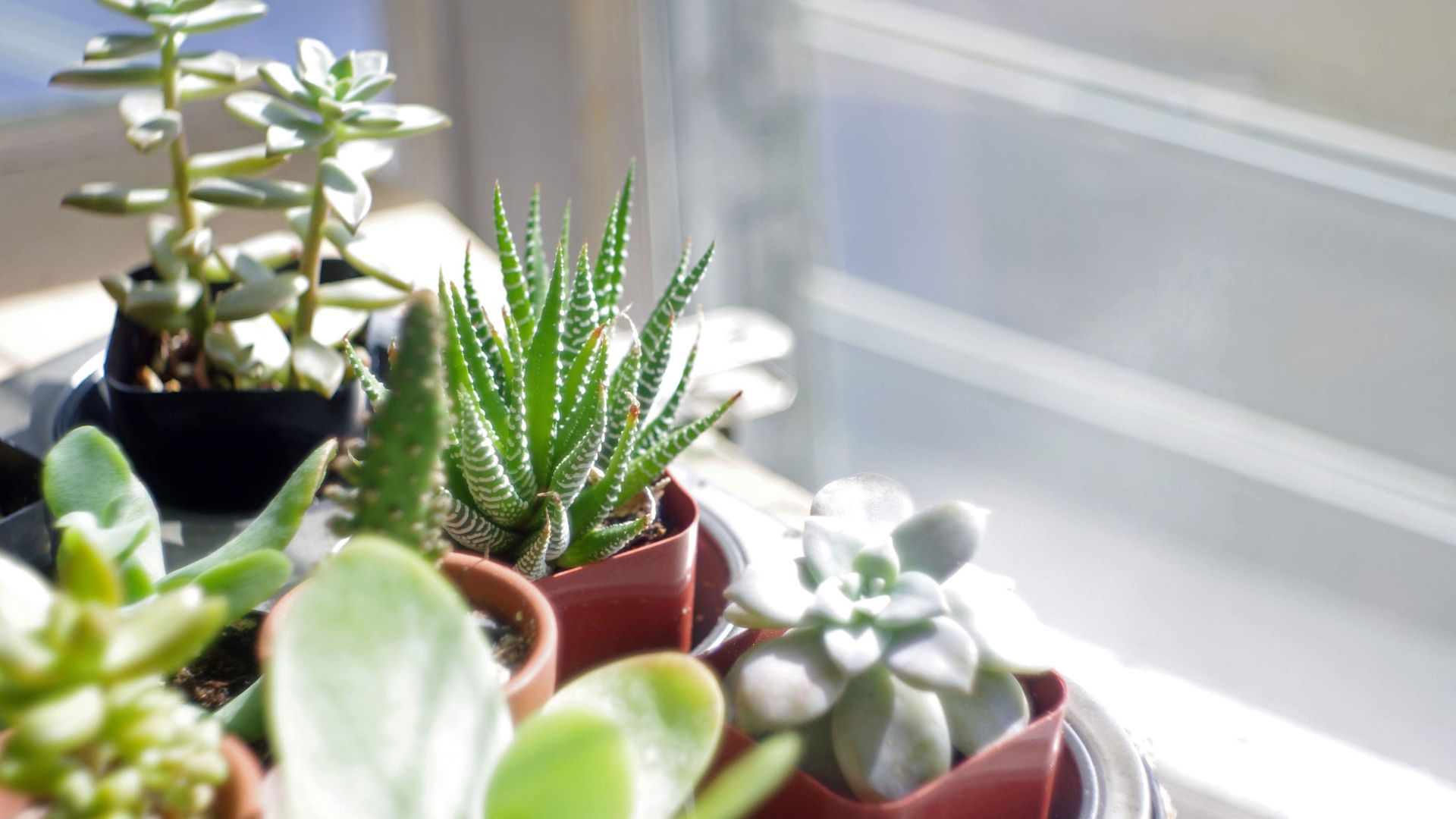
Warmer weather will encourage your plants to grow more, but it's important you rotate your plants in the sun so they're evenly hit.
Connor echoes this, saying you'll need to turn round larger plants weekly, as this will help balance growth and also prevent one side from burning or wilting.
Just make sure to keep track of which plants you've rotated, or you might accidentally forget leaving them to be damaged by too much sun.
FAQs
How hot is too hot for indoor plants?
Sometimes when we're too busy trying to keep ourselves cool in the heat, we don't think about how the rising temperatures can affect the plants in our homes. And just like how it can feel too hot for us, our plants can reach a limit, too.
"When temperatures stay above 27°C for long periods, your houseplants are likely to show signs of stress. They may start to wilt, and the leaves may start to curl, go brown or drop off the plant. Some plants, such as dragon trees, snake plants and sedums, fare better in hot temperatures than other plants, like ferns and spider plants, which scorch easily," explains Fiona Jenkins, garden expert at MyJobQuote.
"However, most plants dislike big temperature changes, so it’s best to try to shield all of your houseplants from heatwaves," she adds.

Fiona Jenkins is a UK-based landscaper with over 25 years of experience in the industry. As a gardening expert for MyJobQuote, one of the UK's top trades-matching sites, Fiona offers her expert advice to MyJobQuote's tradespeople and homeowners, and has also been featured as a gardening expert for a range of reputable publications.
Do indoor plants need more water in hot weather?
In the same way, you might wonder if your outdoor plants need watering more frequently in hot weather; you might be questioning the same for your indoor plants.
"You don’t need to water plants more in hot weather, as there’s still a risk you can overwater them. The key thing is that when you water them, you do it thoroughly, to ensure the roots don’t dry out," says Fiona.
So instead of watering them little and often, they'll benefit from a good drink to the point the water runs through the whole pot and out the bottom.
"Watering them in the sink, bath, or shower is easiest as you can let the excess water drain away. Timing is also important. Water your plants during the morning or evening, so the water’s less likely to evaporate before it penetrates the roots," continues Fiona.
Should you be unsure if you're plant needs a good watering, you can always check if the soil feels dry, and if so, it's ready for a drink.

Will plants recover from heat stress?
If you've forgotten to water your plant a few too many times, you might be left with a peace lily with browning leaves. Even if your plant has started to show signs of heat stress, there's hope for it yet.
"Yes, plants can recover from heat stress, but the more damaged they are, the longer it will take. Young plants that don’t have an established root system may not recover if they’re left too long," assures Fiona.
"So, it’s important to keep an eye out for signs of heat stress during hot weather and keep your plants away from direct sunlight," says Fiona.
How to bring a plant back to life after overheating?
So, how can you do it? How can you bring your beloved plant back from the brink of death after suffering from overheating?
"Move your plants to a space where it isn’t too hot, but temperatures are consistently warm. Ideally between 18°C and 24°C," begins Fiona.
"Then, make sure the soil in the pot is moist but not soaking wet and if your plant likes humidity, regular misting is a good idea, but avoid doing it with really cold water as this will continue to stress the plant," she adds.
You will also want to pause any feeding, as this can also increase stress on the plant and damage its roots.
Should you be one of those plant parents who don't have much time on their hands and can't give even more attention to their houseplant collection during summer, we recommend picking the easiest plants to keep alive. They're low maintenance and sturdy, so even if you forget to water them, they'll be able to bounce back pretty quickly.

Emily joined woman&home as a staff writer after finishing her MA in Magazine Journalism from City University in 2023. After writing various health and news content, she now specialises in lifestyle, covering unique cleaning hacks, gardening how-tos, and everything to help your houseplants thrive.
